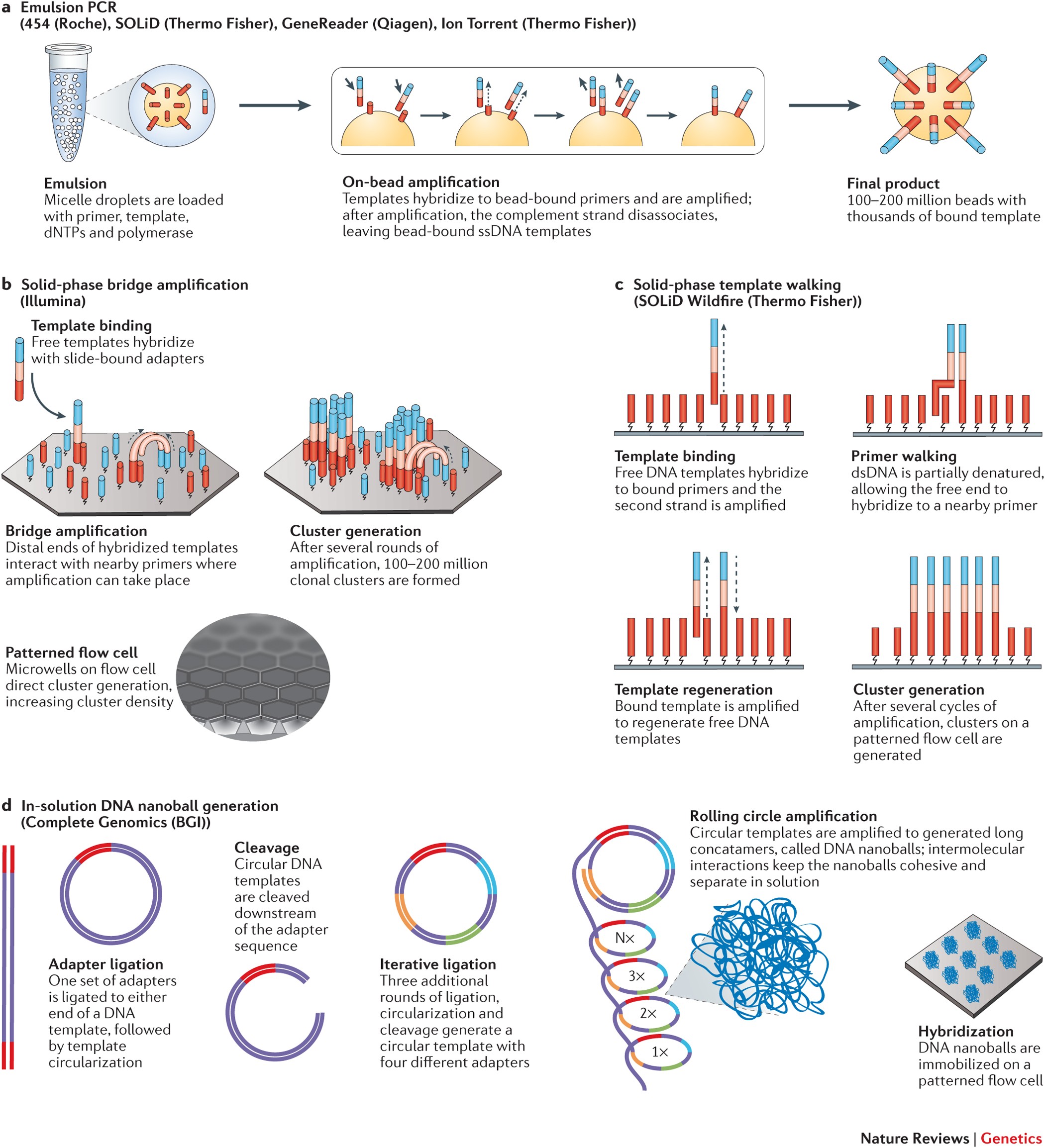

The panel showing the creation of man is probably the best-known scene in the famous fresco by Michelangelo on the ceiling the Sistine Chapel. Notice that the composition is off-center. The creation of Adam is perhaps the best known panel in the famous Sistine Chapel.

The main area of the ceiling depicts stories from stories of the book of Genesis, including the creation of humankind, the fall of man from grace, the flood, and Noah.
REAL ACTION POSE COLLECTION DRAWING REFERENCE BOOK TORRENT SERIES
Michelangelo painted a series of Biblical scenes, prophets, and Christ's ancestors, as well as trompe l'oeil or architecture features. The chapel is 40.23 meters long, 13.40 meters wide, and the ceiling 20.70 meters above the ground at its highest point 1. The chapel was inaugurated on 1 November 1512, on the Feast of All Saints. Commissioned by Pope Julius II, Michelangelo worked on the Sistine Chapel ceiling from May 1508 to October 1512 (no work was done between September 1510 and August 1511). Michelangelo was born on 6 March 1475 and died on 18 February 1564. It has many frescoes painted in it, by some of the biggest names of the Renaissance, including wall frescoes by Bernini and Raphael, yet is most famous for the frescoes on the ceiling by Michelangelo. The Sistine Chapel is a large chapel in the Apostolic Palace, the official residence of the Pope (the leader of the Catholic Church) in Vatican City. The painting by Michelangelo of the Sistine Chapel ceiling is one of the most famous frescoes in the world. Seen as a whole, the Sistine Chapel ceiling fresco is overwhelming there's simply too much to take in and it seems inconceivable that the fresco was designed by one artist.

But then, if he had, we'd never have had this strikingly different 17th-century group portrait. It seems Rembrandt did not adhere to the terms of his commission. Rembrandt’s "Night Watch" doesn't fit with the other paintings in either composition or color. Rather the six group portraits by Rembrandt, Pickenoy, Bakker, Van der Helst, Van Sandrart, and Flinck formed an unbroken frieze each matching the other and fixed in the wooden paneling of the room. His research even found items of clothing and accessories depicted in the "Night Watch" mentioned in inventories of family estates, which he then collated with the age of the various militiamen in 1642, the year the painting was completed.ĭudok van Heel also discovered that in the hall where Rembrandt's "Night Watch" was first hung, there were six group portraits of a militia originally displayed in a continuous series, not six separate paintings as has long been thought. (So remember if you paint a group portrait: draw a diagram on the back to go with the names of everyone so future generations will know!) In March 2009 Dutch historian Bas Dudok van Heel finally unraveled the mystery of who's who in the painting. Instead of showing the figures in a neat, orderly fashion, where everyone was given the same prominence and space on the canvas, Rembrandt has painted them as a busy group in action.Īround 1715 a shield was painted onto the "Night Watch" containing the names of 18 people, but only some of the names had ever been identified. The composition of the painting was very different for the period. Its true title is "The Company of Frans Banning Cocq and Willem van Ruytenburch," but it's better known just as the Night Watch. As the photo shows, it's a huge painting: 363x437cm (143x172"). The "Night Watch" painting by Rembrandt is in the Rijksmuseum in Amsterdam. In the collection of the Rijksmuseum in Amsterdam.


 0 kommentar(er)
0 kommentar(er)
